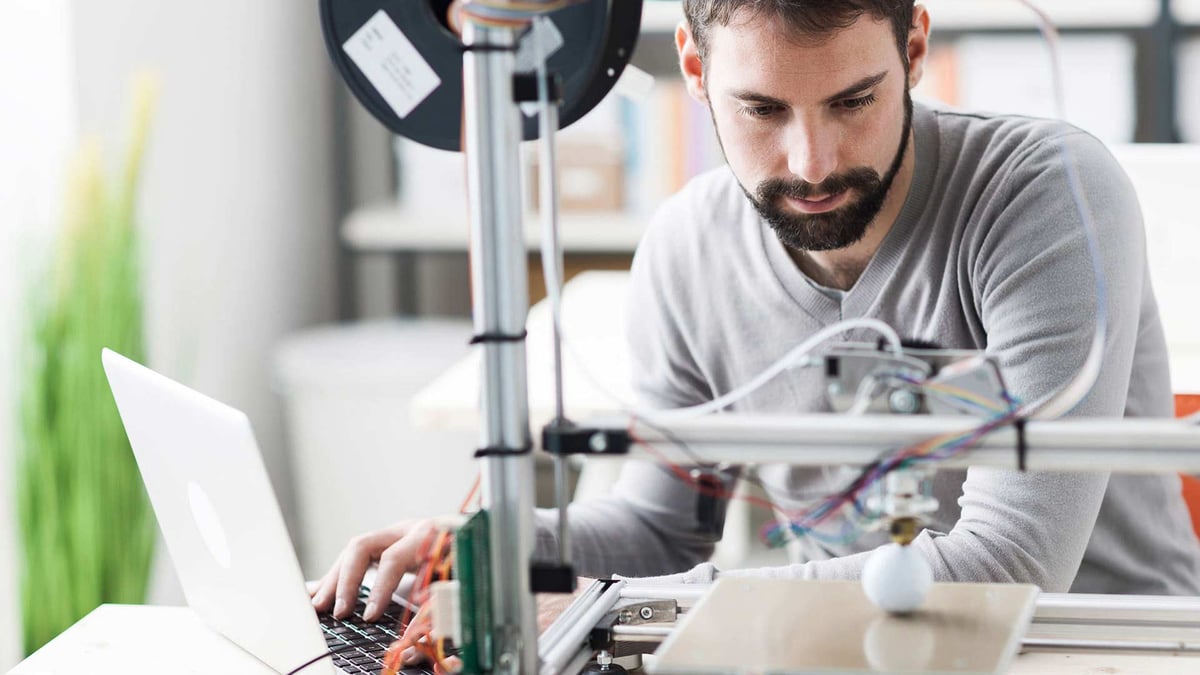
Defining Medical 3D Printing
Simply put, 3D medical printing is the process of creating medical devices, transplants, surgical tools, and other medical products from a digital 3D model through additive manufacturing.
Medical 3D Printing Applications
There are numerous 3D printing applications in the field of medicine. Some of the more recent advances have proven that:
- 3D printing can generate faster and more affordable organ transplants
- 3D printing can speed up surgical procedures
- 3D printing can produce cheaper versions of high-quality surgical tools
Owing to the fast-paced developments in medical 3D printing technology, the regulatory space for these products is also (gradually) developing. Here, we will discuss the regulations that apply to 3D printing applications in medicines.
Medical 3D Printing Regulations in the US
The FDA focuses on regulating 3D-printed medical products based on product type, intended use, and potential risks to patients. As of today, 3D-printed medical products are regulated in the US market as follows:
- Medical devices are regulated by the FDA Center for Devices and Radiological Health (CDRH)
- Biologics are regulated by the FDA Center for Biologics Evaluation and Research
- Drugs are regulated by the FDA Center for Drug Evaluation and Research
Let us look at each of these categories, one by one:
3D-Printed Medical Devices
At present, medical devices are the most common type of product made using 3D printing.
The FDA expects all devices to adhere to current good manufacturing practices and ensure a finished device meets required quality specifications and an adequate level of quality. Therefore unless exempted, all device manufacturers must follow FDA guidance documents and Quality Systems regulations.
The FDA's Center for Devices and Radiological Health requires 3D-printed medical devices to be classified based on their risk level and the regulatory controls necessary to provide a reasonable assurance of safety and effectiveness. Accordingly, the products are classified into one of three regulatory categories as follows:
Class I devices are low risk
For example, products such as bandages and handheld surgical instruments fall into this Class. Most Class I devices are exempt from undergoing an FDA review before entering the market, known as premarket review, provided they comply with manufacturing and quality control standards.
Class II devices are considered moderate risk
Items such as infusion pumps fall in this Class. Some of the Class II devices have the advantage of being exempt from an FDA review. However, the majority of them undergo a 510(k) review (named for the relevant section of the Federal Food, Drug, and Cosmetic Act). In a 510(k) review, a manufacturer demonstrates 'substantial equivalence' of the product to an existing device on the market, thereby reducing the need for extensive clinical research.
Class III devices are considered moderate risk
Life-supporting or life-sustaining products that are substantially important in preventing impairment of human health or present an unreasonable risk of illness or injury fall in this Class. For example, a pacemaker is an example of a Class III device. Class III devices are subjected to higher regulatory scrutiny, and hence they must submit a complete application for premarket approval along with data from clinical trials. The FDA then evaluates whether sufficient scientific evidence exists to demonstrate that the new device is safe and effective for its intended use.
The higher the risk, the higher the Class, and the higher the regulatory scrutiny of a 3D-printed medical device.
In 2017, the FDA released guidance on:
-
-
- Application submissions for 3D-printed devices.
- Personalized devices such as joint replacements and cranial implants.
- Device and manufacturing process and testing considerations.
-
However, the guidance lacks information on point-of-care manufacturing, which may be a significant gap as the hospitals have rapidly invested in 3D printers over the past few years. Under the medical devices category, the FDA has also cleared software programs specifically intended to generate 3D models of a patient's anatomy; however, the FDA leaves it up to the medical facility to use that software correctly within the scope of its intended use.
3D-Printed Drugs
There is no specific FDA guidance for this category. At present, CDER’s Office of Pharmaceutical Quality is conducting research to understand the potential role of 3D printing in developing drugs. CDER has also been coordinating with pharmaceutical manufacturers to test this technology.
3D-Printed Biologics
CBER is actively interacting with stakeholders researching 3D printing for biological materials, such as human tissue, to understand potential challenges in the 3D printing of biological products. The FDA is also reviewing issues associated with bioprinting to evaluate the necessity of additional guidance outside the scope of the regulatory framework for regenerative medicine products.
Medical 3D Printing Regulations in the EU
3D printers are identified as a 'harmonized product' in the EU, requiring them to follow EU Product Harmonization Legislature. Here are some of the general legislatures that 3D medical printers may need to comply with, depending on the materials involved and the end-use case:
- Machinery Directive 2006/42/EEC addresses manufacturers, importers, and dealers of machinery regarding the safety of components and applies to new equipment. This directive aims at harmonizing the level of safety of products designed and manufactured by different manufacturers.
- Electromagnetic Compatibility Directive 2014/30/EC ensures that electrical and electronic equipment does not generate, or is not affected by, electromagnetic disturbance.
- Comprehensive EU legislation on chemicals is spearheaded by REACH and CLP, aiming to protect human health and the environment.
- WEEE 2012/19/EU is the directive on waste electrical and electronic equipment.
- RoHS II 2011/65/EU Directive is a directive on the restricted use of certain hazardous substances in electrical and electronic equipment.
- Directive (EU) 2017/2102 is an Amendment of Directive 2011/65/EU on the restricted use of certain hazardous substances in electrical and electronic equipment.
- REACH 1907/2006/EU seeks to improve the protection of human health and the environment through the better and earlier identification of the intrinsic properties of chemical substances.
Depending on the end-use of the product, the following EU legislations may apply to a specific medical 3D-printed product:
- Directive 93/42/EEC for medical devices
- Directive 98/79/EC for in-vitro diagnostics medical devices
- Directive 98/79/EC for active implant medical devices
Manufacturers of 3D-printed medical devices are required to carry out the necessary conformity assessment procedures, compose a technical file, draft the EU declaration of conformity, and affix the CE marking before entering the EU market.
The Road Ahead
3D printing is no longer some futuristic technology on the distant time horizon. Instead, the applications of 3D printing are rapidly increasing in the life sciences, which is driving the need for a regulatory framework.
Even though 3D printing regulations are still evolving, safety, efficacy, and quality remain the primary focus for approval by regulatory agencies. Companies in the pharmaceutical, biological, and medical device fields are familiar with this approach, and the current regulatory guidelines do provide some clarity on potential areas of concern. However, the guidelines need improvisations to accommodate manufacturing concerns at the point of care.
In the future, it may also be possible that the regulatory scope of 3D printing may not stop at the point of care but extend to patients, as 3D printing has the potential of empowering consumers to 3D print themselves. Therefore, it is clear that a lot of medical 3D printing regulations have already been put in place, but there is much more regulatory work ahead of us.


